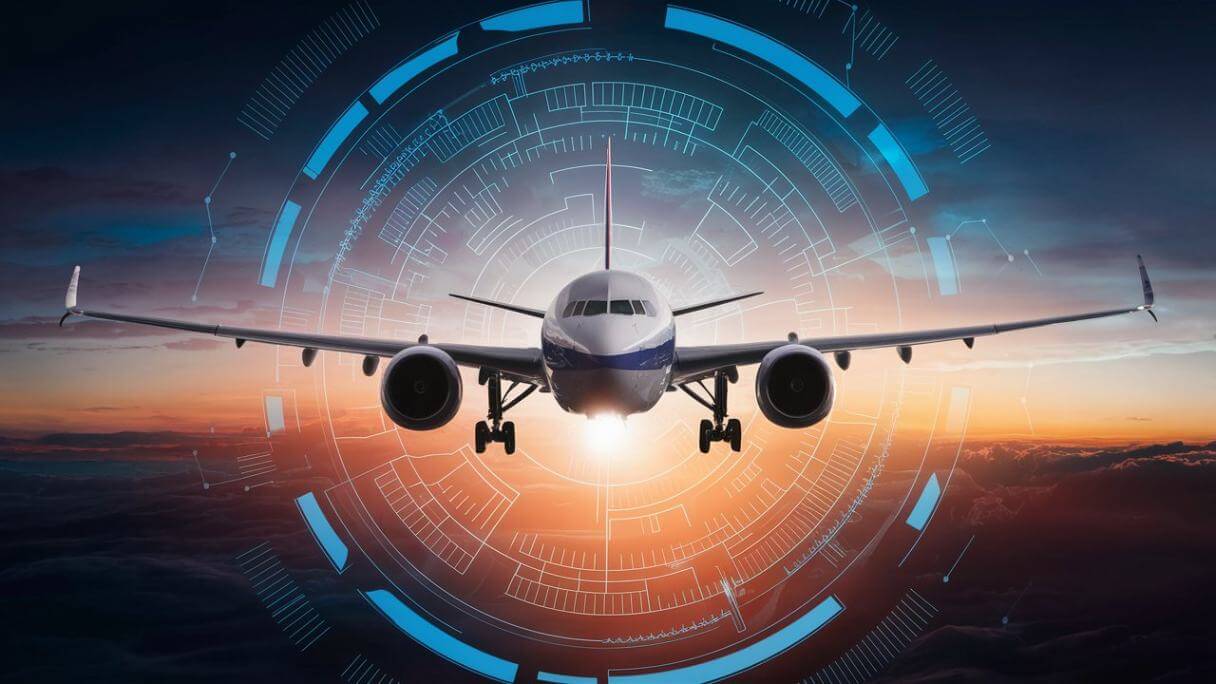The aviation industry is on the brink of a technological revolution, with AI in flight path optimization leading the charge. This innovative approach is transforming how we think about air travel, making it more efficient and sustainable. By incorporating artificial intelligence, airlines can significantly enhance their operations, leading to reduced fuel consumption, improved safety, and better time management.
Understanding how AI optimizes flight paths offers insights into its profound impact on the industry. With recent advancements in technology, the integration of AI in aviation is not just a possibility but a necessity. As the demand for air travel continues to surge, finding ways to optimize operations becomes increasingly crucial.

What is Flight Path Optimization?
Flight path optimization refers to the strategic planning of aircraft routes to ensure efficiency and safety. Traditionally, this process relied heavily on manual calculations and pilot expertise. However, with the advent of AI technologies, this process has become more streamlined and precise.
By utilizing AI algorithms, flight paths can be analyzed and adjusted in real-time, taking into account various factors such as weather conditions, air traffic, and aircraft performance. This not only saves time but also reduces the environmental impact of aviation.
The Role of AI in Aviation
AI plays a crucial role in modern aviation, providing tools that help in decision-making and operational efficiency. In terms of flight path optimization, AI systems can process vast amounts of data quickly and accurately, offering insights that were previously unattainable.
For instance, AI can predict potential weather disruptions and suggest alternative routes, minimizing delays and enhancing passenger safety. Moreover, AI technologies are being integrated into various aspects of aviation, from combat scenarios to commercial flights, showcasing their versatility and importance.
Benefits of AI in Flight Path Optimization
The benefits of integrating AI into flight path optimization are manifold. Some of the most significant advantages include:
- Fuel Efficiency: By optimizing routes, airlines can significantly reduce fuel consumption, leading to cost savings and reduced carbon emissions.
- Improved Safety: AI systems can analyze data to predict and avoid potential hazards, ensuring safer flights.
- Time Management: Optimized flight paths lead to more timely arrivals and departures, enhancing overall passenger satisfaction.
- Cost Reduction: With efficient operations, airlines can lower operational costs, benefitting both the company and its customers.
Challenges in Implementing AI Technologies
Despite its numerous advantages, implementing AI in flight path optimization is not without challenges. One of the primary concerns is data privacy and security. As AI systems rely on vast amounts of data, ensuring that this information is protected is paramount.
Additionally, there is the challenge of integrating AI with existing systems. The aviation industry is highly regulated, and any new technology must meet strict safety and operational standards. This requires significant investment in terms of time and resources.
Future of AI in Aviation
The future of AI in aviation looks promising, with continuous advancements in technology paving the way for more sophisticated systems. As AI becomes more prevalent, its role in optimizing flight paths will only grow, leading to a more efficient and sustainable aviation industry.
Moreover, the integration of AI with other emerging technologies, such as drone swarms and autonomous vehicles, opens up new possibilities for innovation and growth in the sector.
Conclusion
In summary, AI in flight path optimization is revolutionizing the aviation industry. By enhancing efficiency, improving safety, and reducing costs, AI is setting a new standard for air travel. As the industry continues to evolve, embracing these technologies will be key to achieving sustainable growth and success.

Frequently Asked Questions (FAQs)
How does AI improve flight safety?
AI improves flight safety by analyzing data in real-time to predict and mitigate potential hazards, ensuring a safer flying experience for passengers.
What are the environmental benefits of AI in aviation?
AI helps reduce fuel consumption by optimizing flight paths, leading to lower carbon emissions and a smaller environmental footprint.
Are there any risks associated with AI in flight optimization?
While AI offers numerous benefits, there are risks related to data privacy and integration with existing systems. Ensuring data security and meeting regulatory standards are crucial in mitigating these risks.

